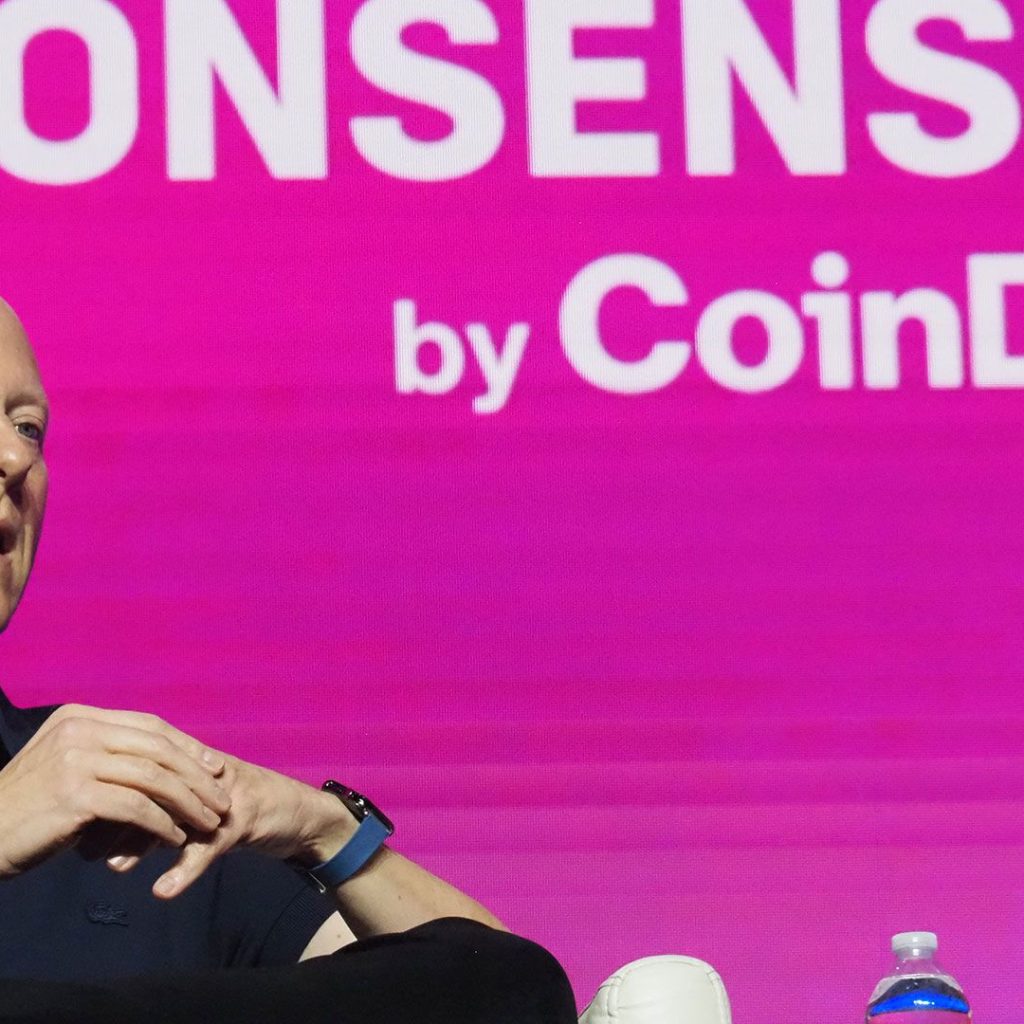Thursday approaches with the eyes of traders fixated on the Bank of England, anticipating it to hold interest rates at a steep 16-year peak of 5.25%. Despite this expectation, whispers of a potential rate cut next month are gaining volume, promising significant ripples across the economy.
While the official stance has been to maintain the rate, the Bank of England seems to be inching towards a softer approach. The financial industry holds its breath, awaiting signals that might suggest a faster and more significant rate cut than previously anticipated. This speculation is bolstered by Rob Wood, chief UK economist at Pantheon Macroeconomics, who hints at an aggressive easing of rates that could surpass market forecasts.
Market Expectations Versus Economic Reality
In a surprising twist, the swaps markets have dialed back their expectations for rate cuts, slashing nearly 1.5 percentage points off the forecast by the end of 2024. This revision stems from lingering concerns that inflation may stubbornly persist longer than anticipated.
The discourse within the Monetary Policy Committee (MPC) echoes this uncertainty, with its members divided. Dave Ramsden and Huw Pill, notable MPC figures, present diverging views on the inflation trajectory, further muddying the waters for investors and analysts alike.
Adding another layer to the narrative, Sanjay Raja of Deutsche Bank suggests Ramsden might lean towards a rate cut, banking on inflation stabilizing around the Bank of England’s target of 2% over the next three years. His optimism contrasts sharply with the Bank’s more cautious current inflation outlook, which anticipates a rise by year’s end.
Economic Indicators and Interest Rate Outlook
The UK’s economic pulse seems to be quickening, as recent data challenges the Bank of England’s initial gloomy forecast for the first quarter. Instead of a near stagnation with a 0.1% GDP growth, analysts now project a healthier 0.4% expansion. This positive adjustment could mark the end of the technical recession that haunted the last year, offering a glimmer of hope for a resilient UK economy.
However, UK borrowers might not feel immediate relief, as the cost of living remains under the shadow of high interest rates. The MPC’s upcoming decision is widely anticipated to uphold the current rate. Last March’s meeting saw a lone vote for a cut among the committee members, reflecting a cautious approach towards easing.
Andrew Goodwin, chief UK economist for Oxford Economics, casts a pragmatic light on the ongoing rate debate. Reflecting on the recently released data concerning services inflation and private sector wage growth, Goodwin expresses a tempered skepticism towards a potential rate cut in the near future. Although both metrics have shown signs of decline, their descent is not as swift as the MPC had hoped.
Currently, these figures are tracking slightly above the Bank’s earlier forecasts, suggesting that economic conditions might not yet be ripe for a reduction in rates. This assessment hints that while a rate cut could be on the horizon, it may not emerge as promptly as some market participants might wish, making the upcoming decisions a close call between further patience and proactive adjustment.
Philip Shaw from Investec points to a possible shift in the committee’s stance, albeit gradual. Although a rate cut seems off the table for now, the tides may change with the next meetings, potentially welcoming more members to the easing camp. The decision rests heavily on key economic indicators like pay growth and services sector inflation, which continue to outpace general inflation rates.





